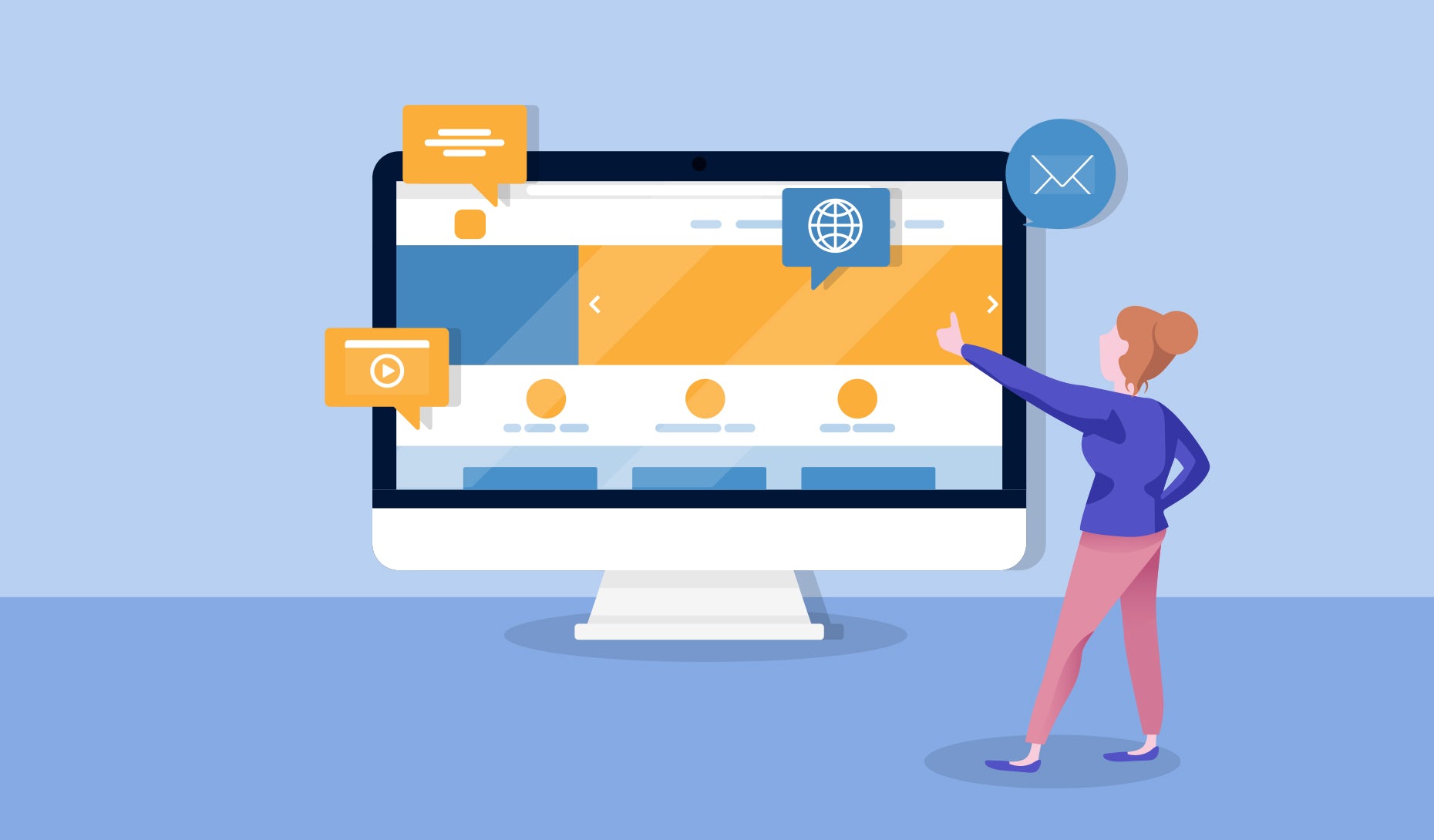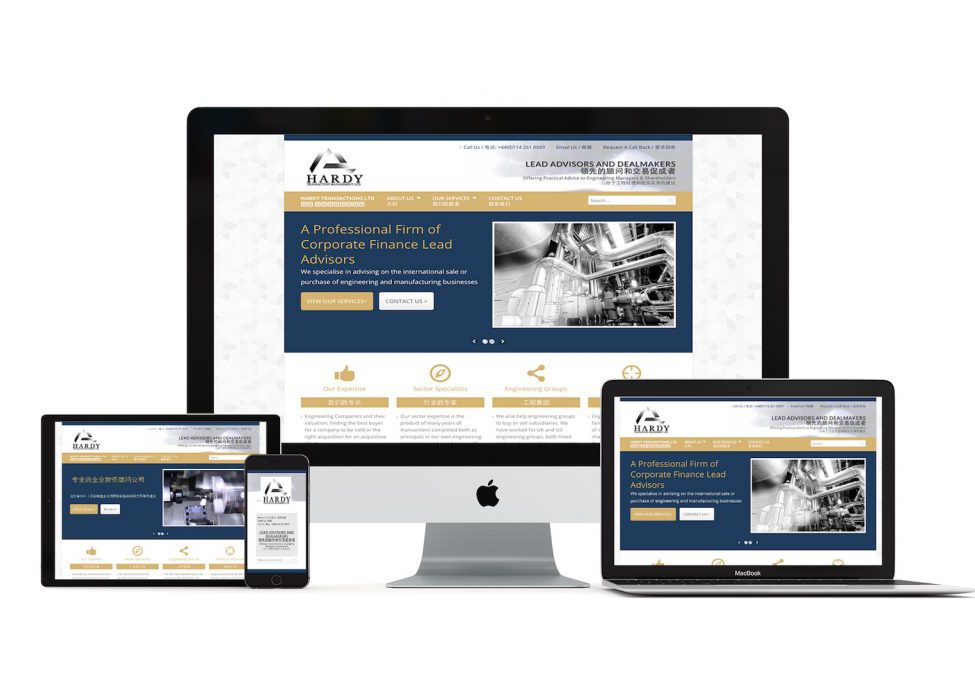Top Methods for Stunning Web Design Johannesburg Businesses Required Today
Top Methods for Stunning Web Design Johannesburg Businesses Required Today
Blog Article
Discovering the Basic Principles and Best Practices of Efficient Internet Design for Improved Individual Experience and Engagement

Value of User-Centered Layout
User-centered design (UCD) works as a cornerstone of effective website design, highlighting the necessity of customizing electronic experiences to fulfill the demands and preferences of users. By focusing on the individual's viewpoint, UCD makes certain that web sites are not only practical however appealing and also intuitive.
The importance of UCD hinges on its ability to improve user complete satisfaction and retention. When users find a website simple to browse and lined up with their expectations, they are more probable to return and advise it to others. This method promotes a much deeper psychological link, enabling brand names to construct trust and commitment among their audience.
Moreover, UCD helps with the identification of customer pain points via research study and screening, enabling developers to deal with these concerns proactively. By involving users in the design procedure, whether via meetings, surveys, or usability testing, designers acquire important insights that inform much better decision-making.
Inevitably, the implementation of UCD not only enhances the general user experience however also drives quantifiable service end results. Internet sites that accept user-centered techniques often tend to see greater conversion prices and enhanced performance metrics, emphasizing the important duty of UCD in contemporary website design.
Secret Layout Principles
Efficient web style is grounded in crucial design concepts that enhance use and visual appeal, further building on the structure developed by user-centered style. These principles include consistency, aesthetic hierarchy, and feedback, which together create an instinctive user experience.
This familiarity aids individuals comprehend the user interface and navigate with ease, enhancing brand identity. Aesthetic power structure, achieved through color, size, and positioning, overviews users' interest to the most essential material, making info more appealing and obtainable.

Including these vital style concepts fosters a harmonious blend of functionality and visual appeals, eventually bring about enhanced individual satisfaction and interaction. By sticking to these foundational principles, designers can produce sites that not just look enticing yet also offer a satisfying and effective user experience.
Best Practices for Functionality
Functionality is a keystone of successful website design, incorporating a series of techniques that improve the general experience for customers. To accomplish optimal usability, it is necessary to prioritize instinctive navigating. Logical pathways and clear food selections permit users to locate details quickly, decreasing disappointment and enhancing fulfillment.
In addition, employing regular design aspects, such as color design and typography, fosters experience and relieves navigating. Individuals need to not need to relearn exactly how to engage with various areas of the website. Making sure that your website is responsive across different devices is crucial, as a boosting number of users access material on mobile devices.
An additional best method entails incorporating access functions, such as alt message for photos and keyboard navigating choices, to accommodate users with diverse needs. Testing functionality with customer responses is my response vital, as real-world understandings can disclose unanticipated problems and areas for renovation.
Enhancing Aesthetic Pecking Order
A distinct aesthetic hierarchy is vital for assisting individuals with an internet site, enabling them to swiftly determine the importance of numerous components on a web page. This can be accomplished with the critical usage of size, spacing, shade, and comparison (web design Johannesburg). Bigger aspects normally attract focus initially, making headings or crucial telephone calls to activity extra noticeable
Color can additionally play a substantial function in establishing power structure; for example, making use of a vibrant shade for buttons can help them attract attention versus a much more soft history. In addition, comparison between message and background is important for readability, guaranteeing that customers can conveniently navigate web content without stress.
Whitespace, or negative area, is another crucial facet of visual pecking order. It gives breathing space around components, helping to team associated products and directing the customer's eye from one section to another. By effectively utilizing these style concepts, internet designers can create a smooth individual experience that improves involvement and decreases cognitive load.
Inevitably, a thoughtfully built visual hierarchy not only enhances functionality however additionally promotes a much more instinctive communication with the site, leading to higher satisfaction and retention prices among users.
Adaptive and receptive Design
Visual pecking order plays a substantial function in user experience, and its efficiency needs to click reference extend across various tools and display sizes. Responsive style utilizes liquid grids, adaptable pictures, and media inquiries to adjust the layout and material dynamically, making sure that customers appreciate a smooth experience regardless of the device.
On the other hand, adaptive design makes use of distinctive layouts customized to specific display dimensions. By detecting the user's tool and serving an enhanced format, flexible design can supply an extra personalized experience. This often needs multiple versions of the exact same material, which can make complex management and rise advancement time.
Both techniques have their values, and the choice in between them depends on task requirements, target market, and resource schedule. Eventually, the goal is to develop an interesting, easy to use interface that preserves visual power structure and use throughout all platforms. A well-implemented receptive or flexible layout not just enhances user experience however likewise urges higher involvement and retention prices, crucial for the success of any web job.
Conclusion
By prioritizing usability through intuitive navigation, aesthetic power structure, and receptive formats, designers can develop platforms that cater to diverse individual requirements. Stressing user feedback and aesthetic considerations eventually fosters complete satisfaction, retention, and enhanced performance in the electronic landscape.
In the swiftly developing digital landscape, understanding the essential concepts and ideal techniques of reliable web design is critical for cultivating enhanced individual experience and interaction - web design Johannesburg.Use is a keystone of effective web layout, including a variety of techniques that enhance the total experience for individuals. By properly employing these layout principles, web designers can click site develop a seamless customer experience that improves interaction and reduces cognitive tons
Receptive layout utilizes fluid grids, versatile photos, and media queries to change the format and content dynamically, making sure that users delight in a seamless experience regardless of the tool. A well-implemented responsive or adaptive design not just enhances customer experience yet also motivates greater interaction and retention rates, critical for the success of any type of web task.
Report this page